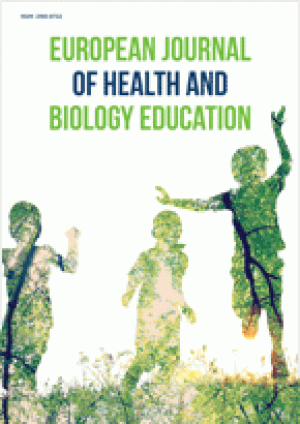Abstract
The aim of this study research is to identify acquaintance, knowledge levels and alternative conceptions of the eighth grade students about inheritance by using a three-tiered testing approach. For this purpose a three-tiered test was designed; the first tier was to determine acquaintance of the subject, the second tier was to determine knowledge about the subject. The third tier was to determine alternative conceptions of eighth-grade students (n=393). Sample of the study was determined by using convenient sampling. This study is a descriptive research involving two data collection instruments; “three-tiered test for inheritance subject” and “personal information form”. For analyzing data, frequency and percent values regarding choices of the test for each tier were calculated. Also a map was constructed by considering findings on each tier of the test. According to the findings eight-grades have alternative conceptions about inheritance involving heredity, meiosis and mitosis, chromosome, genetic diseases, adaptation, modification, DNA and regeneration subjects. Also it was determined that lack of knowledge was not a prerequisite for observing alternative conceptions about inheritance, some of the students have acquaintance and knowledge about the subject but they have alternative conceptions about the subject.
License
This is an open access article distributed under the Creative Commons Attribution License which permits unrestricted use, distribution, and reproduction in any medium, provided the original work is properly cited.
Article Type: Research Article
European Journal of Health and Biology Education, Volume 6, Issue 1, June 2017, 1-11
https://doi.org/10.29333/ejhbe/64729
Publication date: 15 Nov 2017
Article Views: 1123
Article Downloads: 654
Open Access References How to cite this article
 Full Text (PDF)
Full Text (PDF)